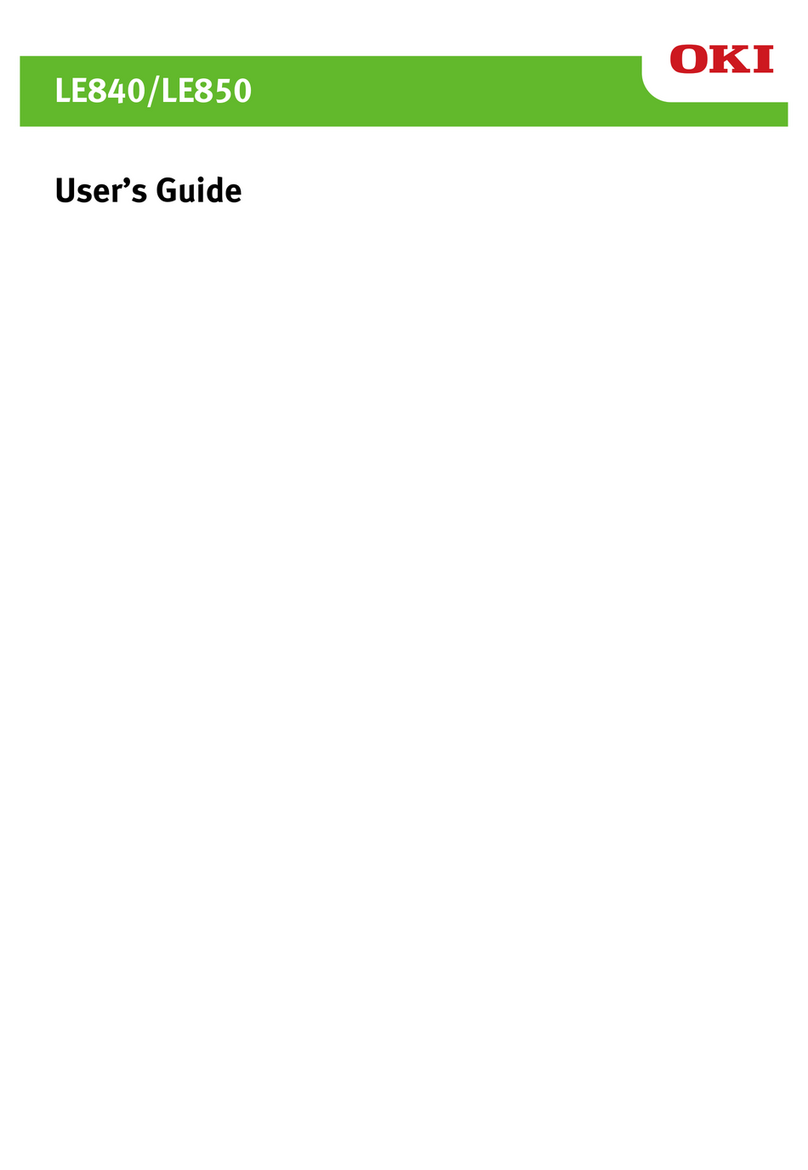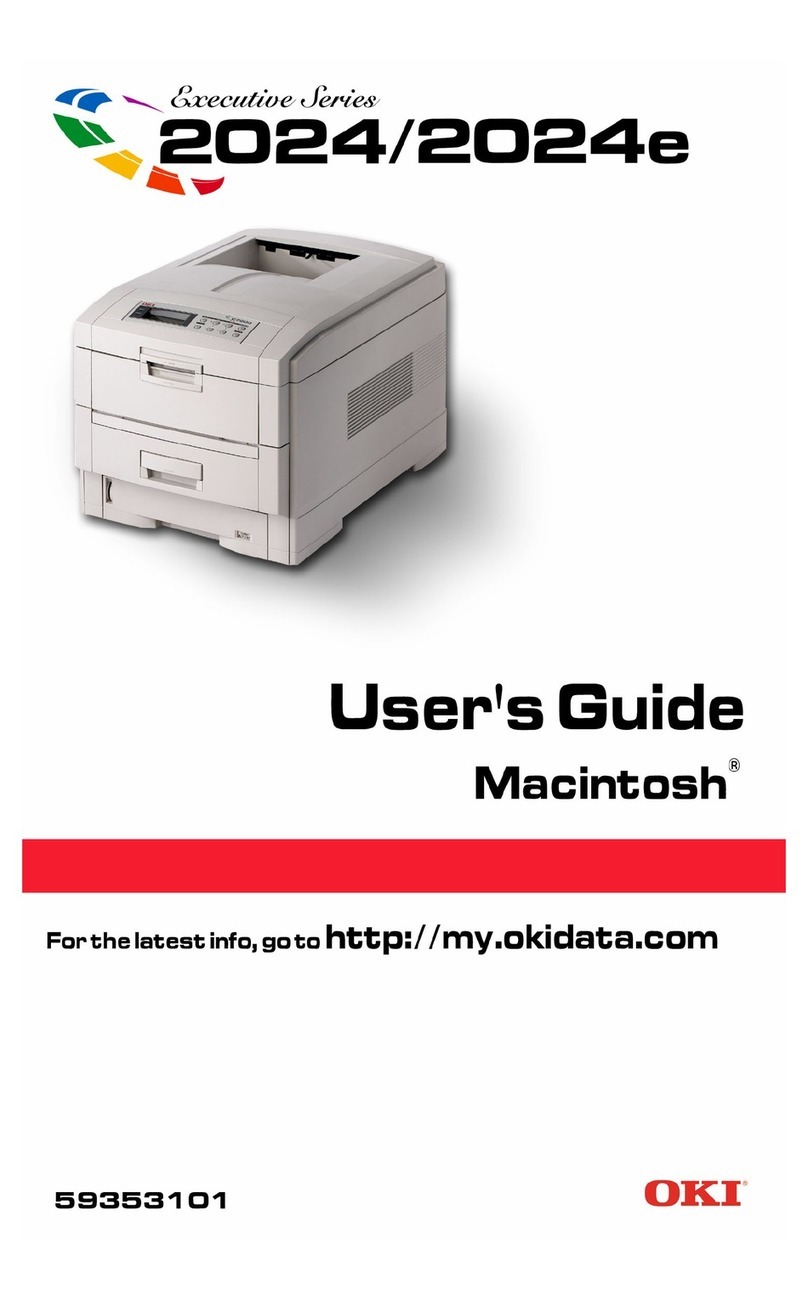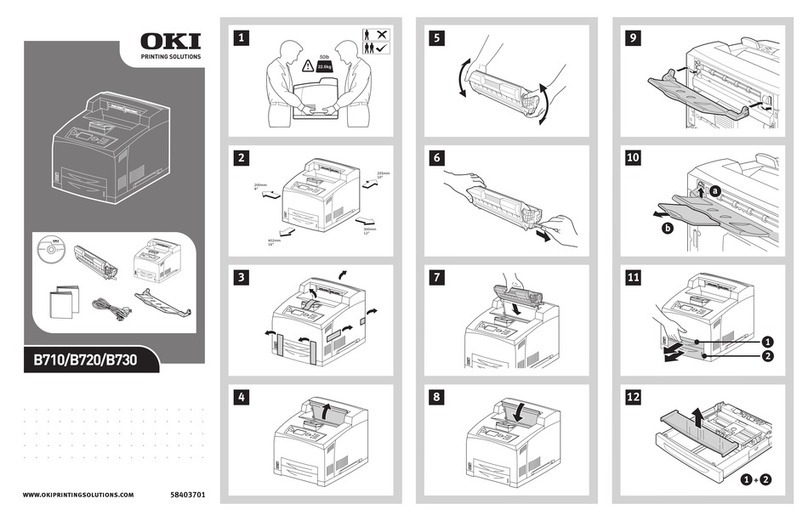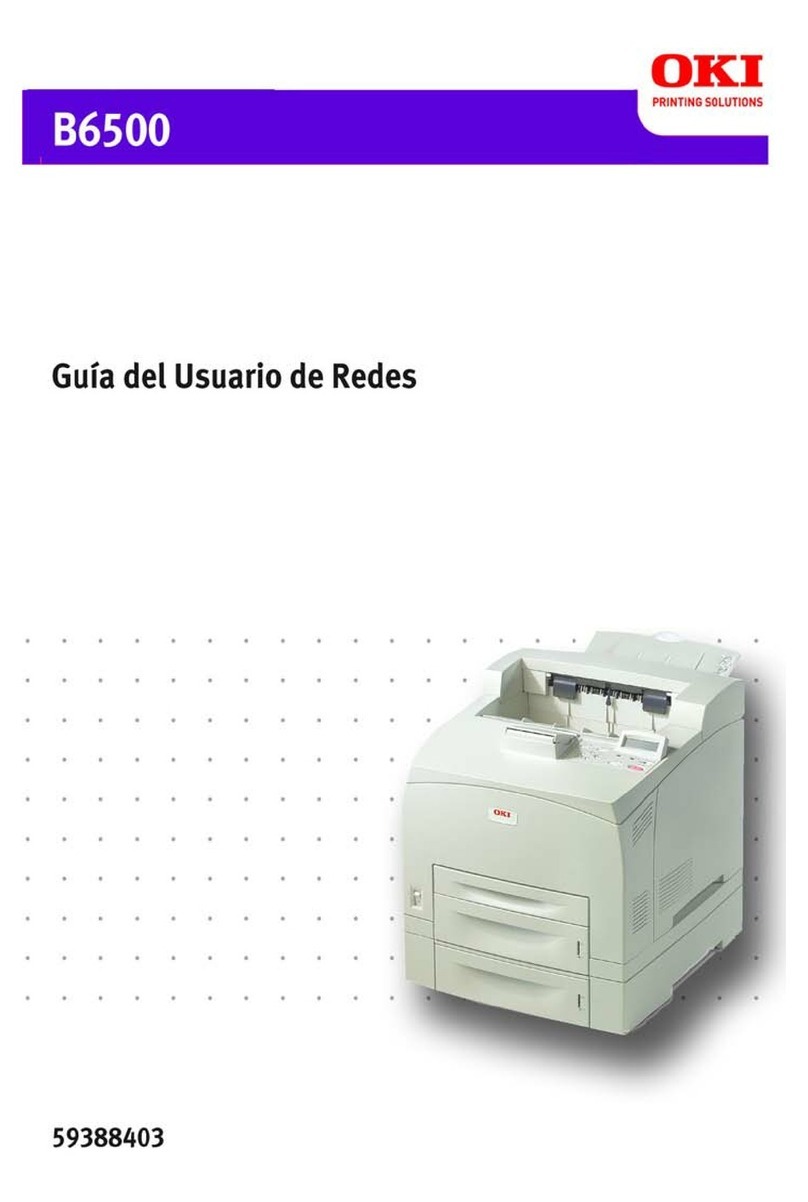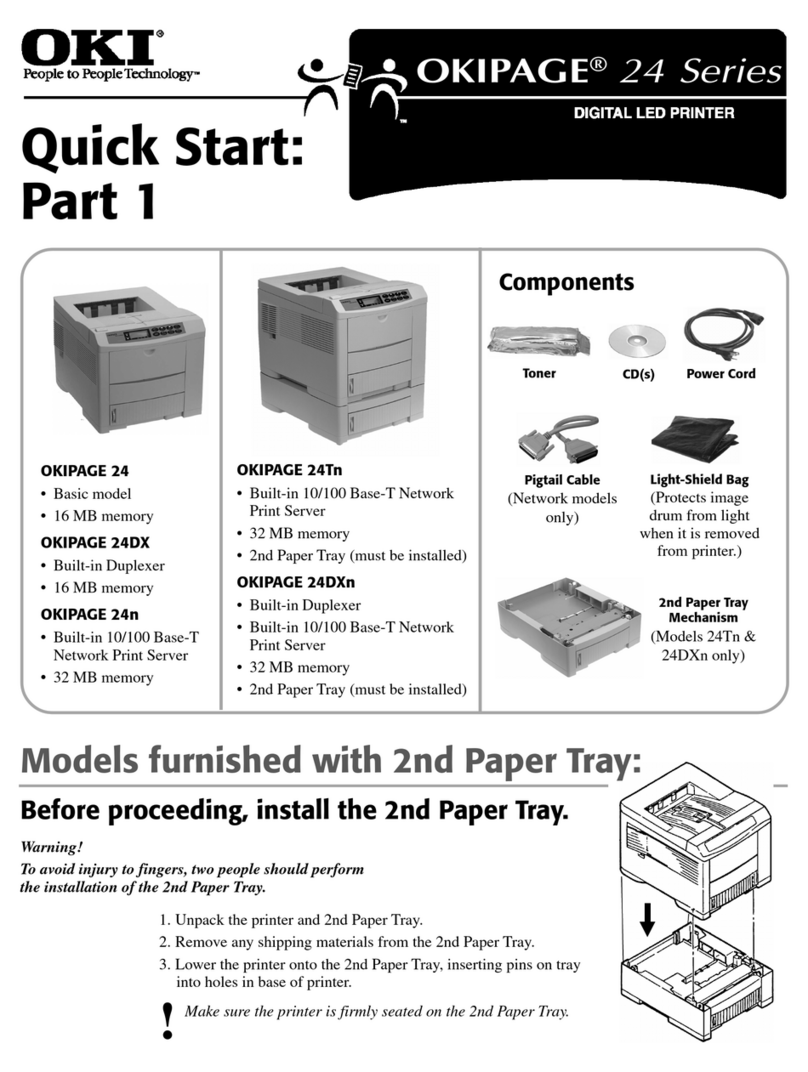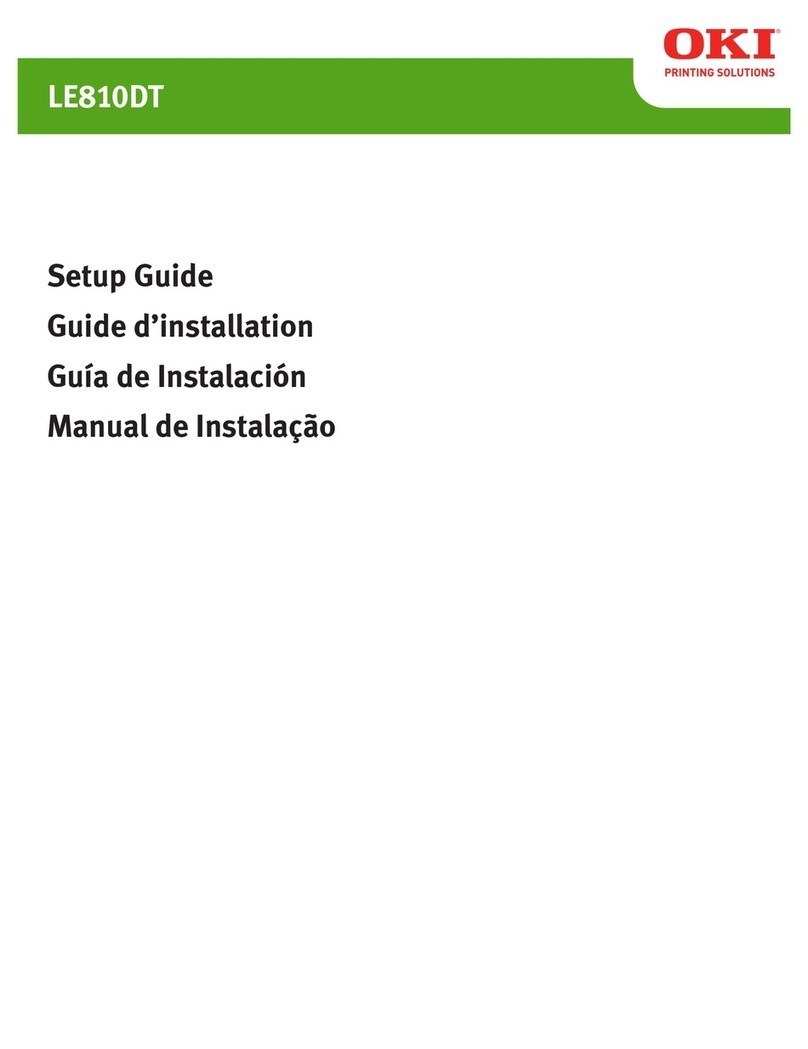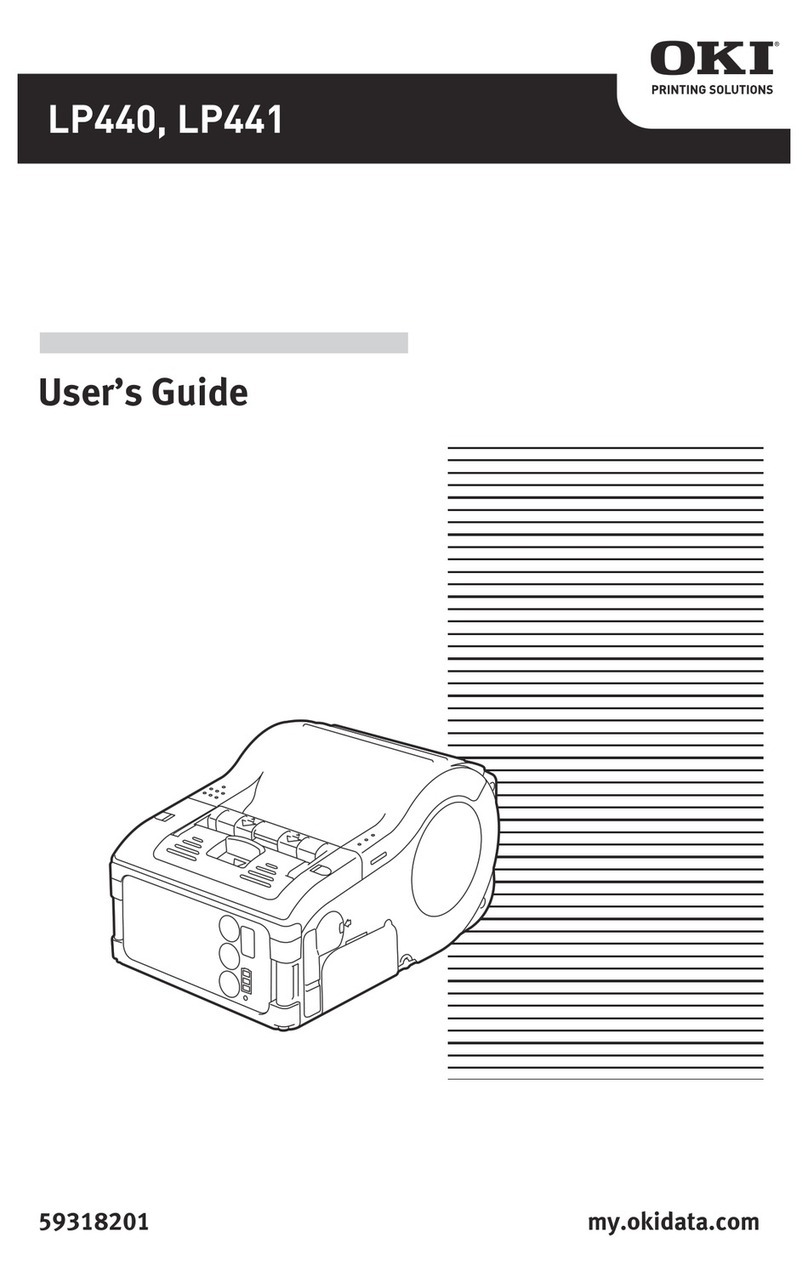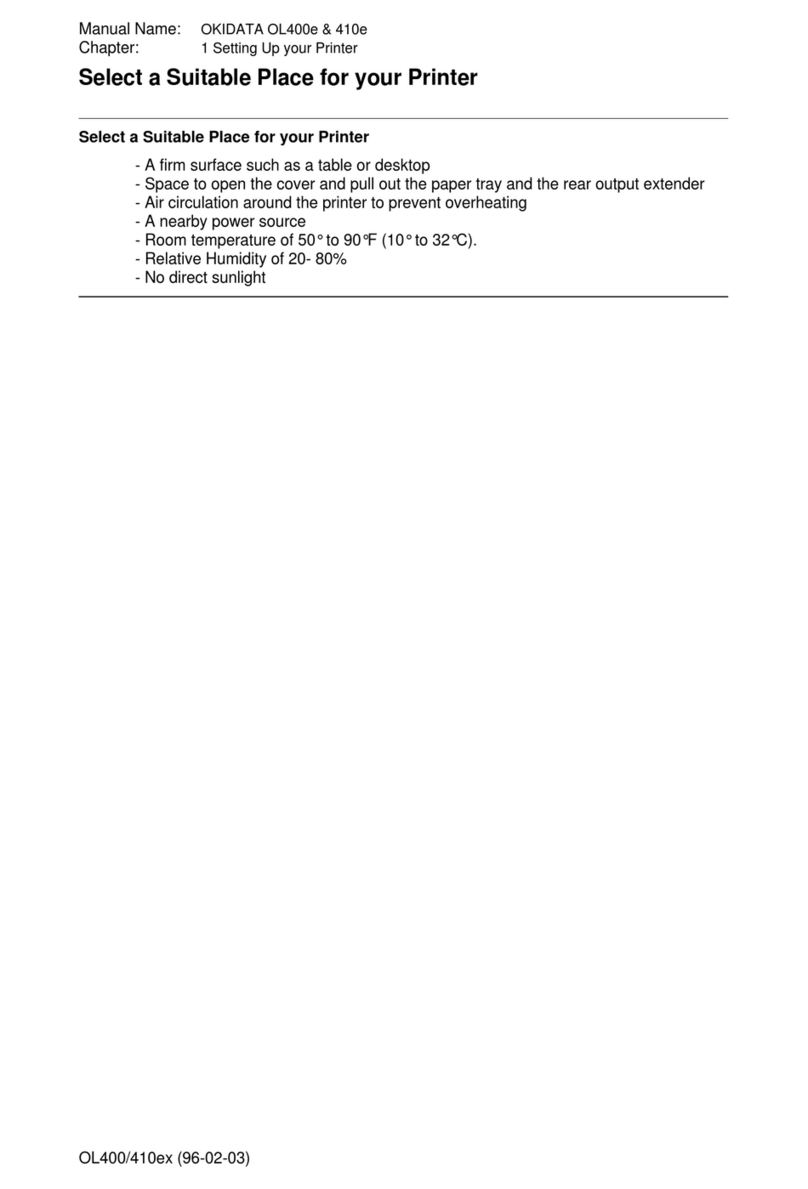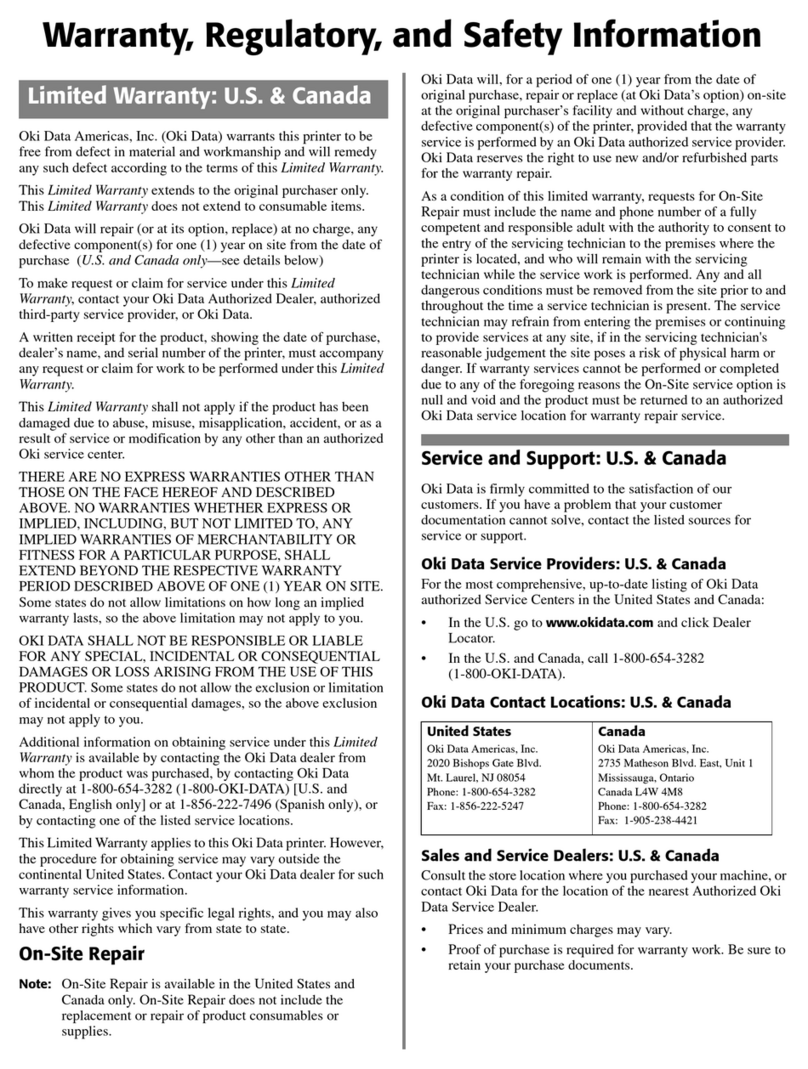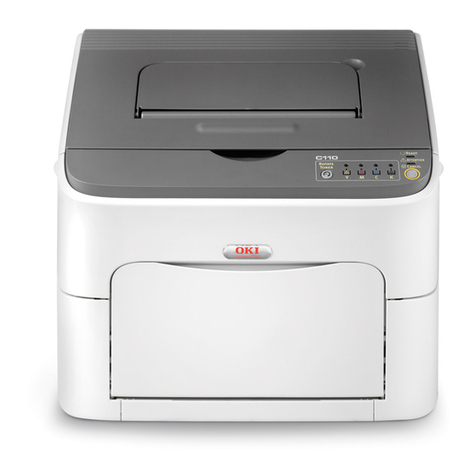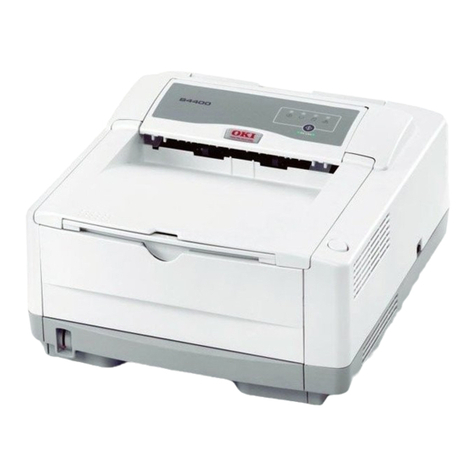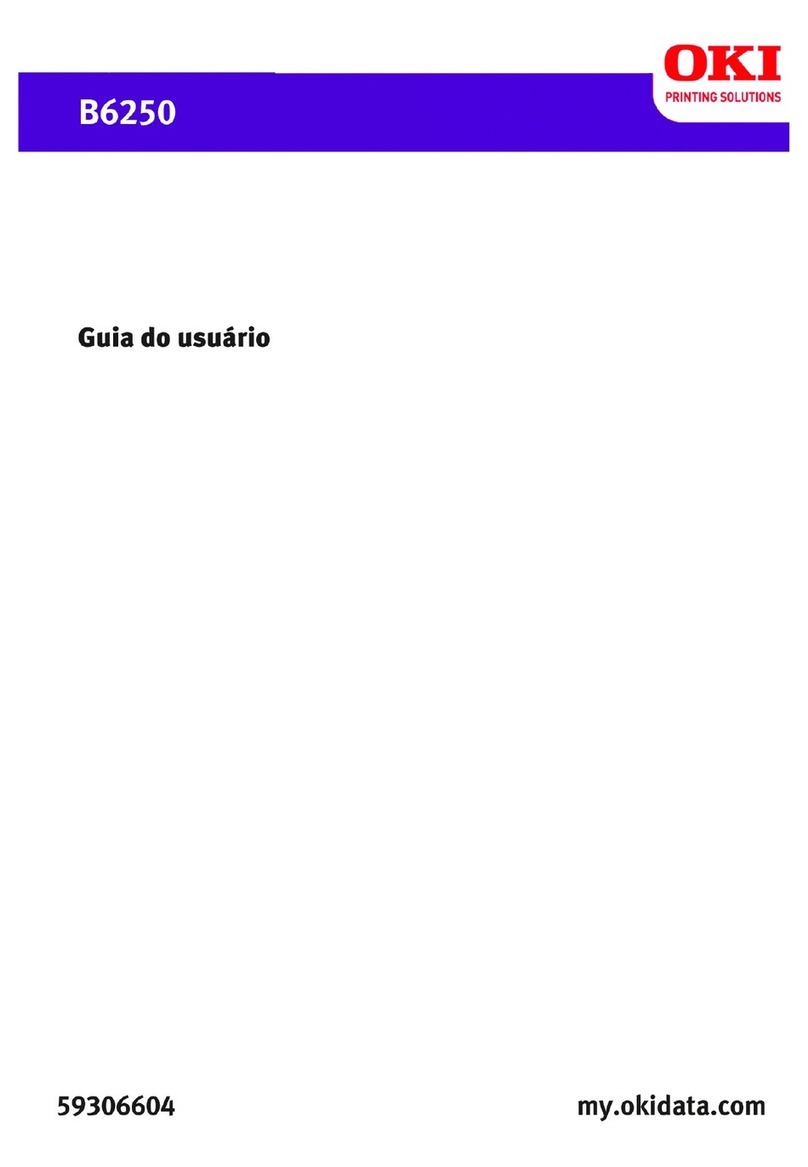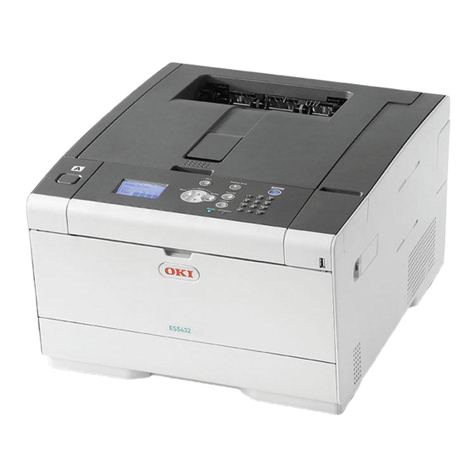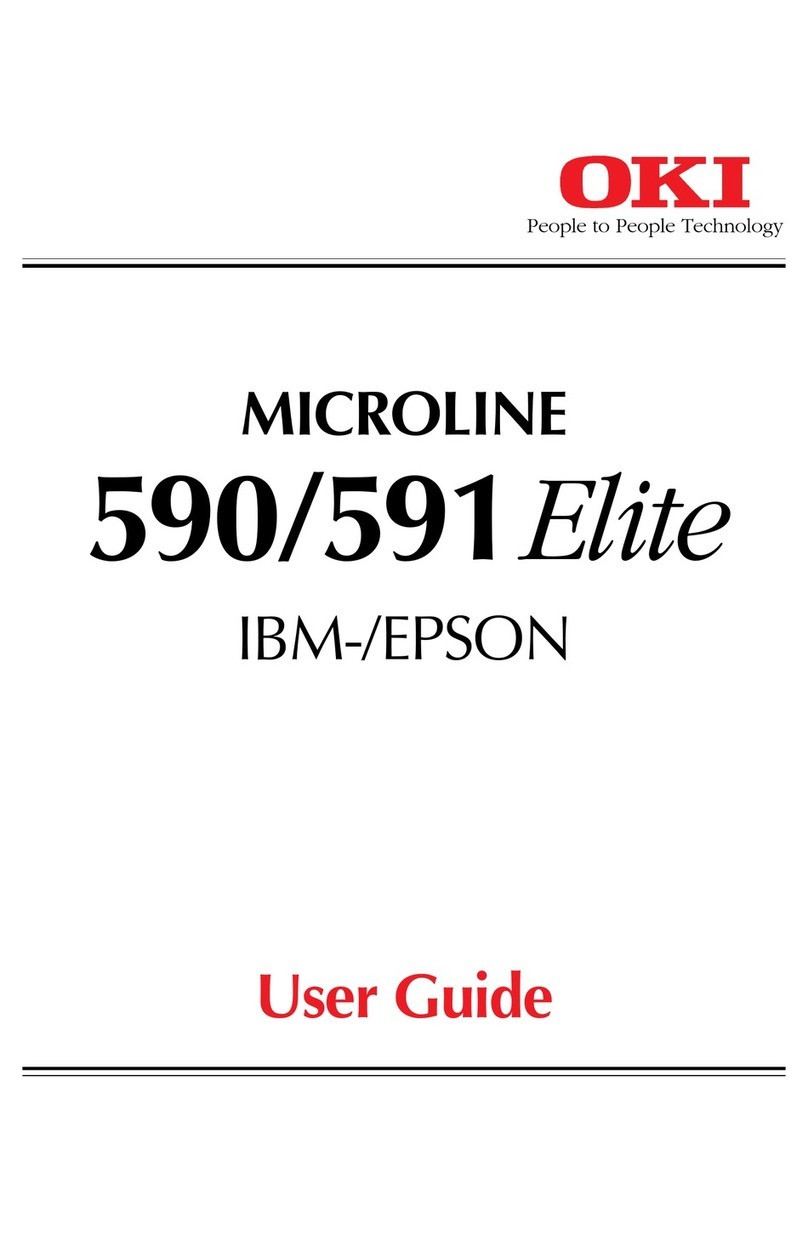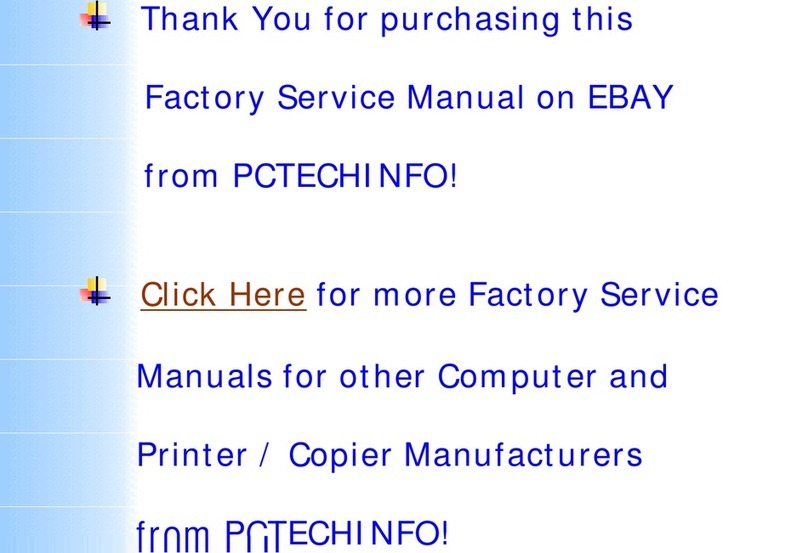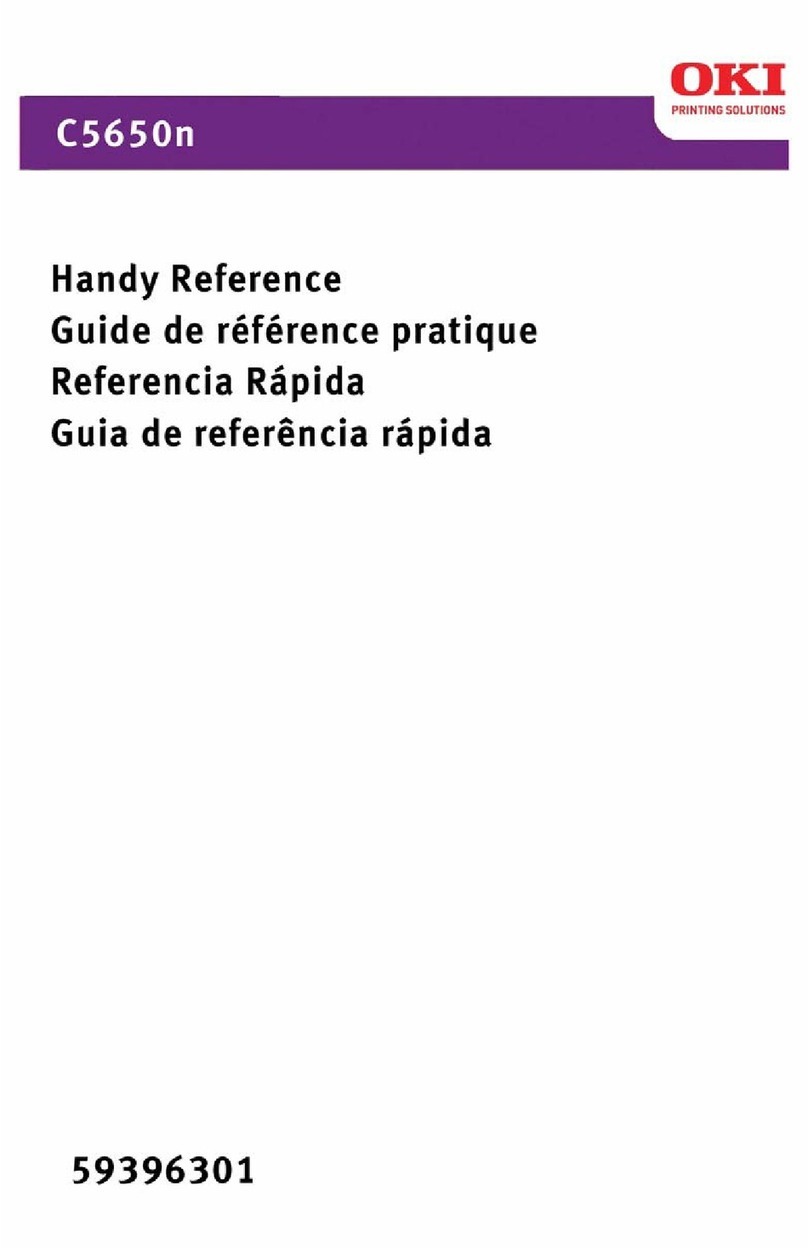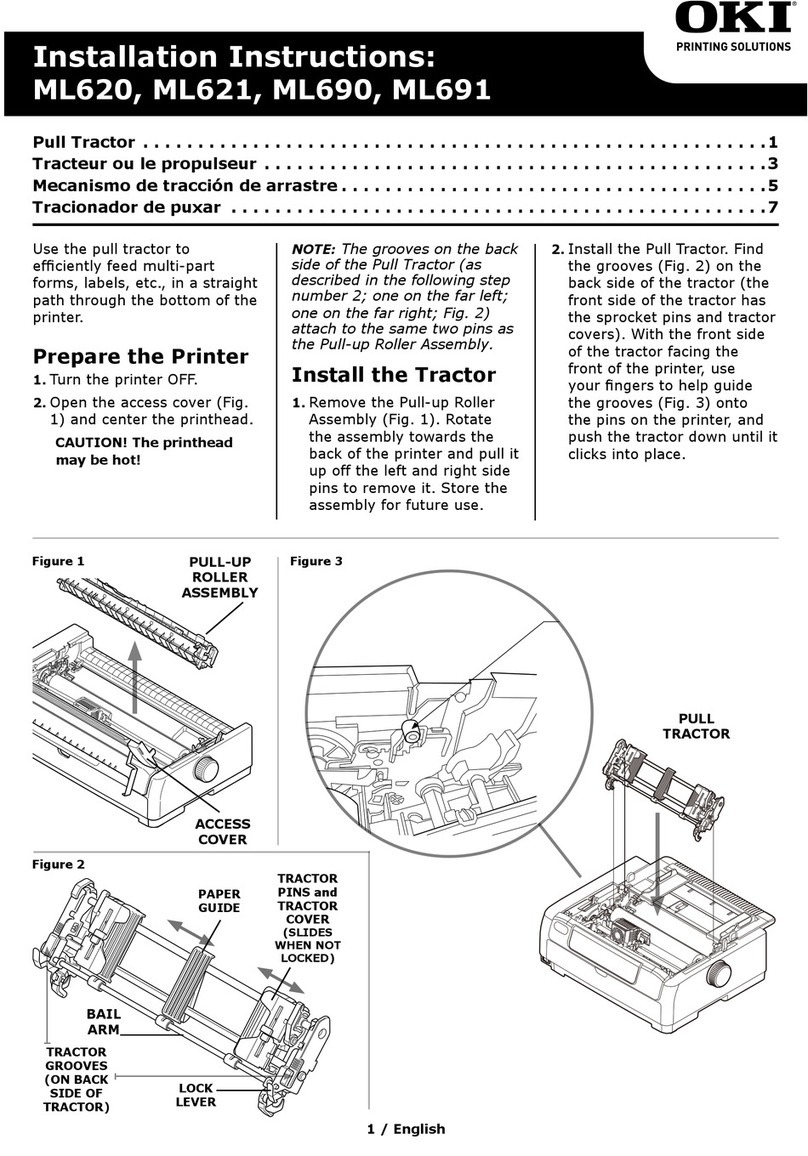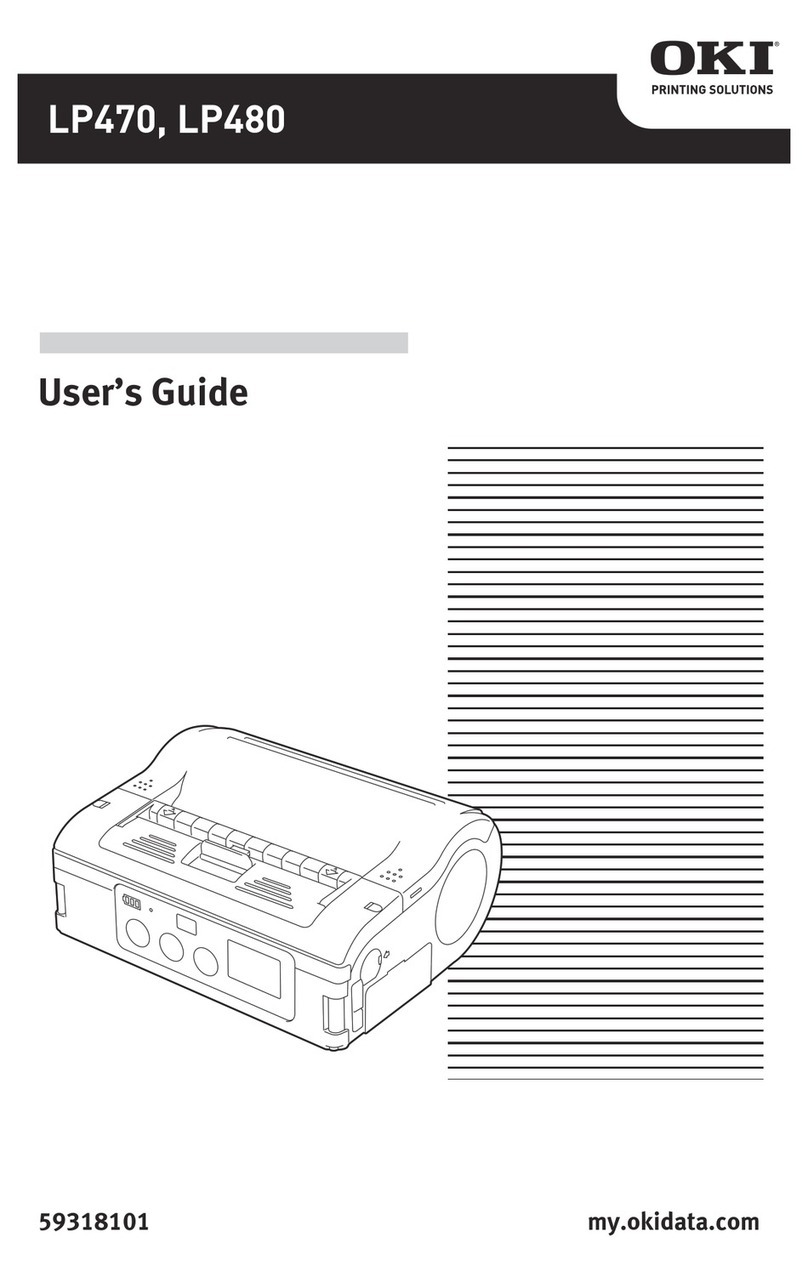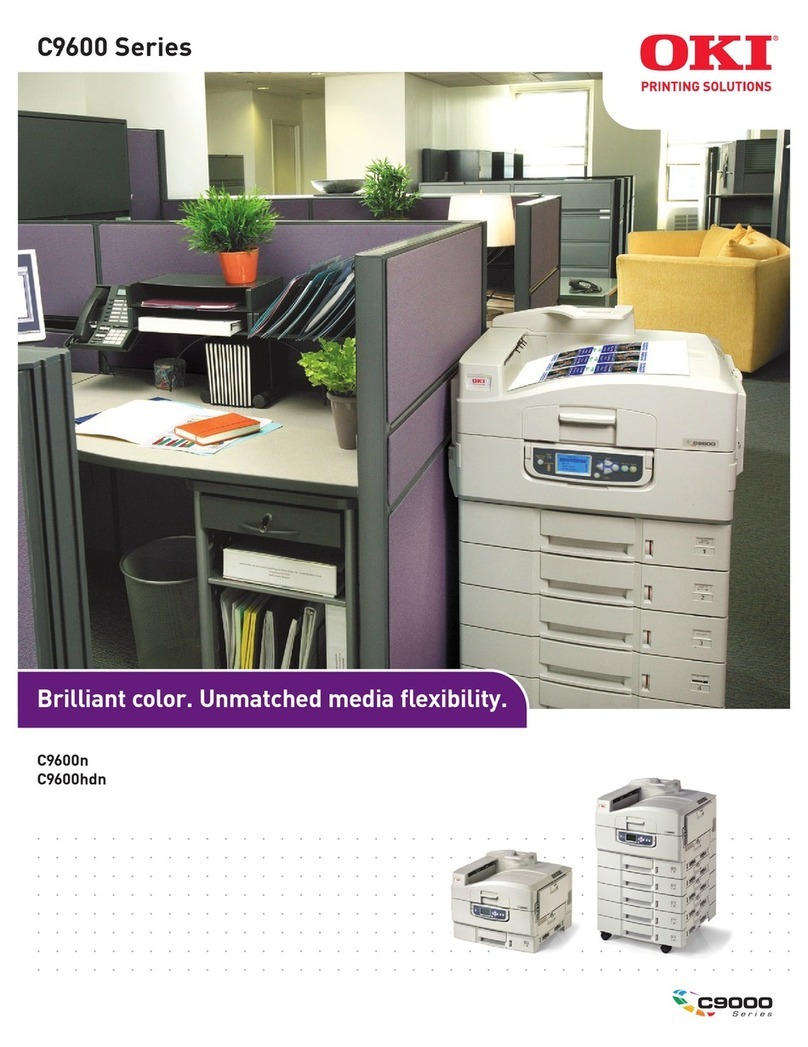41057601TH Rev.1 5 /
3.3.19 Hopping Motor .................................................................................................. 66
3.3.20 Gear One-way .................................................................................................. 67
3.3.21 Feeder Unit Front ............................................................................................. 68
3.3.22 Manual Feed Hopper Assy ............................................................................... 69
3.3.23 Guide Paper Input Assy.................................................................................... 70
3.3.24 Two Lever Input Sensors, Lever 2nd Feed Sensor .......................................... 71
3.3.25 Roller Registration, Roller Assy Hopping ......................................................... 72
3.3.26 Roller Hopping.................................................................................................. 73
3.3.27 PXU PCB/PXM PCB, Lever Resist Sensor ...................................................... 74
3.3.28 Paper End Lever............................................................................................... 75
3.3.29 PCO PCB (Operator Panel).............................................................................. 76
3.3.30 Holder Gear Toner Assy................................................................................... 77
3.3.31 Plate Latch Lever (FD), Spring Latch Lever (FD) ............................................. 78
3.3.32 Belt Cassette Assy ........................................................................................... 79
3.3.33 High Voltage Power Supply Unit, Bracket HV (BT) Assy ................................. 80
3.3.34 Eraser Bracket Assy, Eraser Bracket (KCM) Assy ........................................... 81
3.3.35 Shaft Link.......................................................................................................... 82
3.3.36 Contact (BL-R) Assy, Contact (CL-R) Assy ...................................................... 83
3.3.37 Contact (BL-L) Assy, Contact (CL-L) Assy ....................................................... 84
3.3.38 Contact SB Assy............................................................................................... 85
3.3.39 PXC PCB .......................................................................................................... 86
3.3.40 Heat Unit Assy.................................................................................................. 87
3.3.41 Oil Roller Assy .................................................................................................. 88
3.3.42 Lever Lock Heat (L)/(R), Guide Side Heat, Spring Lock................................... 89
3.3.43 PXL PCB .......................................................................................................... 90
3.3.44 Heat Unit Guide Assy ....................................................................................... 91
3.3.45 Holder LED Assy, LED Head............................................................................ 92
4. ADJUSTMENTS .............................................................................................93
4.1 Maintenance Modes and Their Functions...................................................................... 93
4.1.1 User maintenance mode .................................................................................. 93
4.1.2 System maintenance mode .............................................................................. 95
4.1.3 Engine maintenance mode ............................................................................... 97
4.2 Adjustments after Parts Replacement ......................................................................... 100
4.2.1 Confirm the LED head driving time................................................................. 100
4.2.2 Color deviation correction............................................................................... 102
5. PERIODIC MAINTENANCE ......................................................................... 105
5.1 Periodically Replaced Parts ......................................................................................... 105
5.2 Cleaning....................................................................................................................... 105
5.3 Cleaning the LED Lens Array ...................................................................................... 105
5.4 Cleaning the Pickup Roller........................................................................................... 105
6. TROUBLESHOOTING PROCEDURES ....................................................... 106
6.1 Troubleshooting Tips ................................................................................................... 106
6.2 Points to Check before Correcting Image Problems.................................................... 106
6.3 Tips for Correcting Image Problems ............................................................................ 106
6.4 Preparation for Troubleshooting .................................................................................. 107
6.5 Troubleshooting Flow................................................................................................... 107
6.5.1 LCD status message/trouble list..................................................................... 107
6.5.2 LCD message troubleshooting ....................................................................... 116
6.5.3 Image troubleshooting .................................................................................... 129
